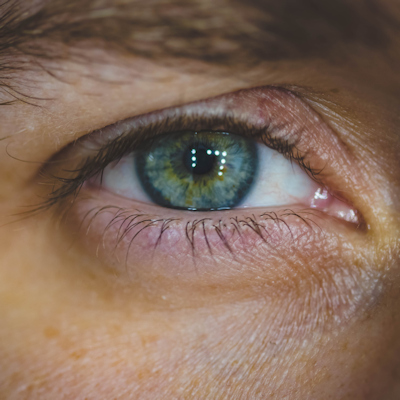August 30, 2022 -- Swellable hydrogels have enabled researchers to “decrowd” biomolecular structures in cells and tissues, revealing previously hidden nanostructures and providing imaging of the structure of Alzheimer’s-linked amyloid beta plaques in greater detail than has been possible before.
In their study, published August 29 in the journal Nature Biomedical Engineering, researchers from the Massachusetts Institute of Technology (MIT) explain how their iterative variant of expansion microscopy -- a widely used nanoscale imaging technique -- allowed them to look at nanostructures in expanded yet otherwise intact tissues at a resolution of about 20 nm.
The technique enabled the imaging of the alignment of pre-synaptic calcium channels with post-synaptic scaffolding proteins in intact brain circuits and revealed periodic amyloid nanoclusters containing ion-channel proteins in brain tissue from a mouse model of Alzheimer's disease.
"It's becoming clear that the expansion process will reveal many new biological discoveries. If biologists and clinicians have been studying a protein in the brain or another biological specimen, and they're labeling it the regular way, they might be missing entire categories of phenomena," Edward Boyden, PhD, a professor of biological engineering and brain and cognitive sciences at MIT, said in a statement.
Expansion microscopy was first proposed in 2015 by Boyden and researchers at MIT and published in the journal Science. In conventional expansion microscopy, a swellable hydrogel permeates cells and tissues. After isotropic hydrogel expansion, researchers can perform enhanced imaging resolution with ordinary microscopes. The technique requires labeling to take place before the expansion of the tissue.
The iterative variant of expansion microscopy, dubbed "expansion revealing" by the researchers, involves gel-anchoring reagents and the embedding, expansion, and reembedding of the sample in homogeneous swellable hydrogels. Because heat, rather than enzymes, is used to soften the sample, the tissue can expand 20-fold without being destroyed, enabling the labeling of the separated proteins to take place after expansion.
The technique expands the sample to "decrowd" biomolecular structures that would otherwise be inaccessible to labeling antibodies. After expansion, molecules are more accessible to fluorescent tags and the previously unseen nanostructures become visible to microscopes commonly found in academic laboratories.
To show the potential of the approach, the MIT researchers identified cellular structures within synapses, neurological connections that are densely packed with proteins. The team visualized "nanocolumns," consisting of calcium channels aligned with other synaptic proteins, that are thought to help make synaptic communication more efficient.
The researchers also imaged beta amyloid, the peptide that forms in plaques in Alzheimer's patients and has been the focus of a large number of unsuccessful drug development programs. Using the technique, the team showed that amyloid beta forms periodic nanoclusters that include potassium channels in mice and forms helical structures along axons.
"This technology can be used to answer a lot of biological questions about dysfunction in synaptic proteins, which are involved in neurodegenerative diseases," Jinyoung Kang, a lead author of the study and an MIT postdoctoral fellow, said. "Until now there has been no tool to visualize synapses very well."
Copyright © 2022 scienceboard.net







